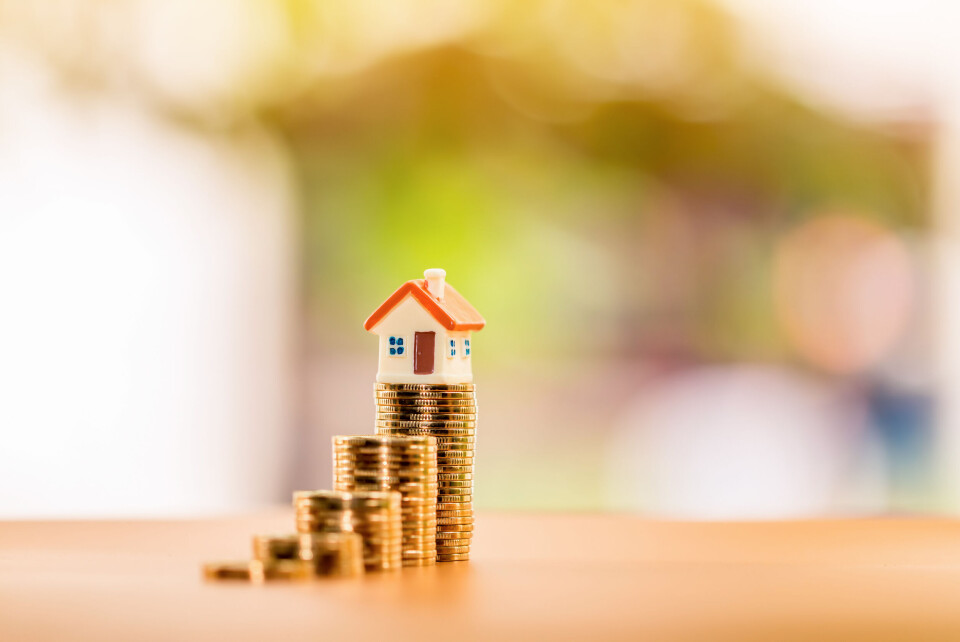-
Find a rural home in France for under €100,000 without renovation hassle
See country houses for sale within this budget that are ready to move in to
-
How many Britons have second homes in Nouvelle-Aquitaine - and why do they choose it?
UK nationals are the largest foreign community of second-home owners in the region
-
French second-home visa issues raised in House of Lords
British people experience an "expensive and bureaucratic process" to continue living in France
Second-home tax: 2,263 French communes added to ‘possible rises’ list
If communes wish to bring in an increase they must agree to do so by October 1 for the change to apply to next year’s bills

The definitive list of French communes which have authorisation to increase the taxe d’habitation on second homes has been published and shows 2,263 new communes.
The highly-anticipated list has now been published in the Journal Officiel making it official.
However, this does not mean that the communes will definitely raise their rates. Similarly, any increased rates will not apply this year.
If communes wish to take advantage of this, they will have to make decisions by October 1, for the change to apply to next year’s tax, relating to properties used as second homes as of January 1, 2024.
The taxe d’habitation applies to second homes and no longer to main residences.
A specific tax on empty (unfurnished and unused) homes is also applicable in communes which can raise their taxe d’habitation.
Statistics from Insee show that there are 3.6 million second homes, and three million empty residential properties nationwide.
The increased taxe d’habitation is intended to help communes that are struggling with an oversaturated housing market, and to act as an extra deterrent to second-home owners or landlords who could otherwise buy up more of the property market, and cause holiday homes to lie vacant.
Read also: Why do towns need permission to raise tax on second-home owners?
Previously, only communes considered to be located in an urban area of more than 50,000 inhabitants and deemed ‘under strain’ with regard to housing were able to levy the extra tax. This includes larger cities like Paris, Lyon, Marseille, and Rennes, as well as tourist towns such as Saint-Nazaire, La Rochelle, Bayonne, and Ajaccio in Corsica.
This has now been extended to less populated areas.
The increase to the tax, if the commune decides to adopt it, can be by a factor of 5-60%.
Housing Minister Patrice Vergriete said: “The municipalities on this new list are those who faced a marked imbalance between housing supply and demand. This leads to serious difficulties in access to housing throughout the existing residential stock.”
The full list of communes affected can be found here, in alphabetical order. You can search for yours easily by holding down the ‘F’ and ‘Ctrl’ keys on the keyboard to find the name. Note that this list also includes those communes that could already apply an increase to taxe d’habitation under the previous rules.
Related articles
Draft list of French communes that could face second-home tax hikes
Second-home owner woe as 2,600 new French areas allowed to raise tax
French second homes: taxe d’habitation rates continue to rise
























